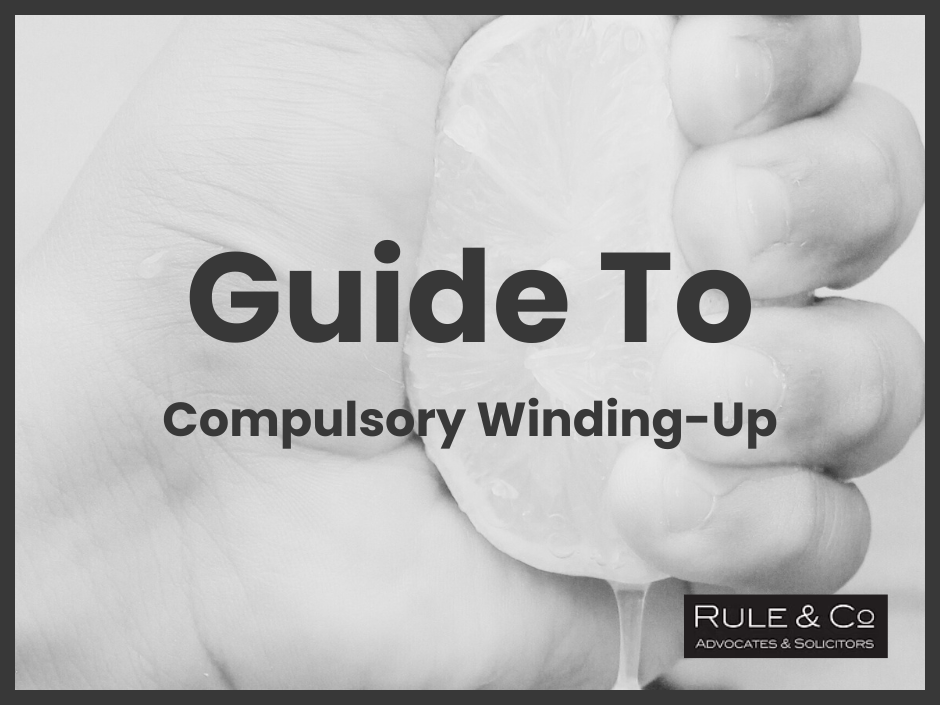Case Study: How We Enforced a RM350,000 Debt with an Ex-Parte Garnishee Order
- Rudi Cheu

- Jun 15
- 3 min read
Updated: Sep 23
Key Summary
Background: Engaged by a Dato’ Seri in 2016 for a RM500M condo JV, with deferred legal fees (RM350k) promised regardless of project success.
Breach: After the JV collapsed, client refused to pay despite living lavishly. A cheque for RM350k was issued but dishonored.
Legal Action:
Letter of Demand issued.
Writ of Summons filed → Judgment in Default obtained.
Strategic Enforcement:
Used bounced cheque details to file ex parte Garnishee Order.
Bank released full RM350k directly into solicitor’s account.
Key Lessons:
Judgment is only half the battle — enforcement secures recovery.
Bounced cheques provide leverage for tracing and freezing funds.
Ex-parte garnishee applications are fast, discreet, and effective.
Client Background
In 2016, I was engaged by a prominent Dato' Seri to act as legal advisor for a luxury condominium joint venture in the Klang Valley — a project with an anticipated GDV of RM500 million.
He was charismatic, convincing, and pitched the dream confidently. In exchange for deferring immediate payment, he promised not only to pay my professional fees once the project launched, but also to appoint my firm for all SPA and loan-related legal work.
On that basis, I agreed.
Scope of Work
Over the next 12 months, I attended and led numerous meetings with financiers, consultants, and the landowner, helping the client navigate negotiations and compliance hurdles.
Everything was moving toward execution — until the financing collapsed. The landowner terminated the JV, and the project was shelved indefinitely.
Initial Promise, Followed by Silence
Despite the failure of the project, the Dato’ Seri reassured me that he would still pay RM350,000 as a gesture of good faith for the legal work done. I appreciated the offer and took it at face value.
But three months passed with no payment, no updates, and no replies.
This was not a case of financial hardship — the man lived in a gated mansion and drove a high-end sportscar. He had the means. He just chose not to pay.
Action Taken: Demand, Writ & Judgment
I issued a formal Letter of Demand. Shortly after, he handed me a cheque for RM350,000 — drawn on a CIMB account. It was dishonored.
After further silence, I filed a Writ of Summons. He did not appear in court, nor enter any defence.
✅ Judgment in Default of Appearance was granted in full.
Strategic Enforcement: Garnishee Order
With the bounced cheque, I had critical information: his bank account details.
I swiftly filed an ex parte Garnishee Application against CIMB — meaning he was not notified of the application in advance.
The bank complied and released the full RM350,000 from his account directly into our solicitor's client account.
Key Takeaways
Judgment is just the beginning — enforcement is where recovery actually happens.
A bounced cheque can be used as a powerful tool to locate and seize funds.
Garnishee orders, if timed and executed correctly, can lead to full recovery — quietly and effectively.
Ex parte applications are invaluable when time and surprise matter.
AUTHOR PROFILE

Rudi Cheu is the principal of Rule & Co. Advocates & Solicitors; a Malaysian law firm focusing on practical and cost-effective solutions for debt recovery and commercial disputes. With nearly a decade of debt recovery experience under his belt; Rudi is passionate about helping businesses navigate debt recovery challenges and shares insights at www.rulecolaw.com/blog and recoverdebt.my
He can be reached via Whatsapp: +60102028095 or via email: rudi@rulecolaw.com



Comments